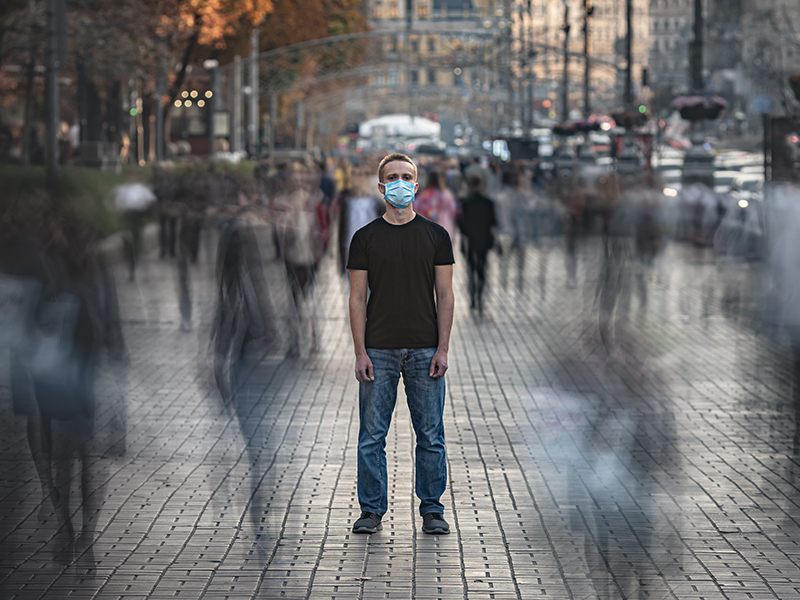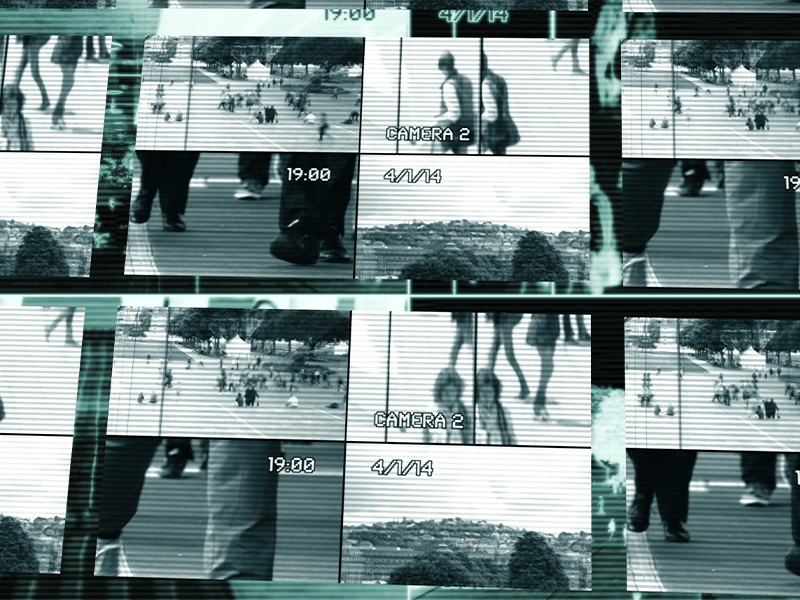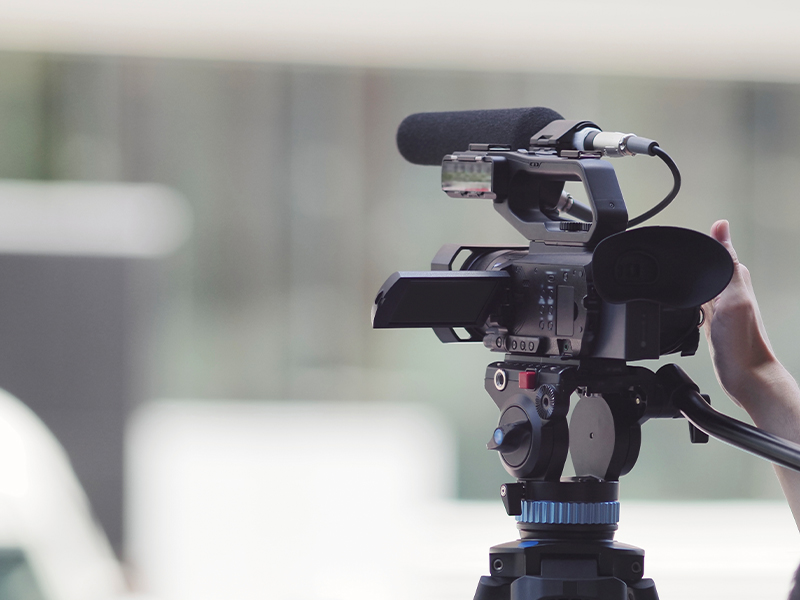In the age of technological evolution, surveillance cameras have become ubiquitous in the public realm, generating an unprecedented volume of video footage. These resources often prove invaluable in criminal trials. However, the importance of blurring the faces of private citizens in such footage is frequently underappreciated. This article delineates the top ten reasons why anonymizing individuals is a crucial practice.
1. Right to Privacy: The foremost reason to blur faces is to respect an individual’s right to privacy, a principle enshrined in legal systems worldwide. The ubiquity of surveillance doesn’t imply a waiver of this right. Revealing private citizens’ identities in courtroom videos can infringe upon their privacy, even when they have nothing to do with the trial.
2. Protection of Innocent Bystanders: Surveillance videos often capture people who are irrelevant to the case, whose identities, when exposed, could subject them to unnecessary scrutiny or harassment. Blurring their faces helps shield them from any unintended consequences.
3. Preventing Misidentification: Blurring faces reduces the risk of misidentification, which can lead to wrongful convictions. In several instances, video footage quality is inadequate, and without proper facial recognition, identifying individuals can result in grave errors.
4. Maintaining Fair Trials: Presenting clear footage of non-defendant individuals in court might sway jury perception, potentially prejudicing the fairness of the trial. By blurring faces, courts can focus on the actions relevant to the case, rather than incidental individuals.
5. Reducing Potential for Defamation: There’s always a risk of an innocent individual being mistakenly associated with a crime. Blurring faces can prevent the potential for defamation, protecting individuals from unjust damage to their reputation.
6. Ensuring Public Trust: The public trust in judicial systems can be eroded if private citizens feel that their identities might be exposed during court proceedings without their consent. Thus, blurring faces is vital to maintaining this trust.
7. Preserving Dignity: Courtrooms are public, and trials often draw media attention. Broadcasting surveillance footage without blurring faces can lead to unnecessary public embarrassment for private citizens, an avoidable outcome that underlines the necessity of this practice.
8. Legal Consequences: In many jurisdictions, failing to blur faces can lead to lawsuits against law enforcement agencies or prosecutors. This possible legal repercussion makes the process of anonymization essential in the judicial process.
9. Minimizing Trauma for Victims: In cases involving sensitive crimes, like sexual assault or domestic violence, showing the faces of victims can cause retraumatization. Therefore, the blurring of faces in these instances is not just a privacy issue, but also a mental health concern.
10. Upholding Ethical Standards: Lastly, blurring faces in surveillance videos aligns with ethical guidelines concerning dignity, privacy, and respect. The justice system, as a cornerstone of society, is obliged to uphold these principles, reinforcing the need for anonymization.
In conclusion, the importance of blurring faces of private citizens in surveillance footage used in court trials cannot be overstated. Beyond legal mandates, this practice is a reflection of our societal values, offering a delicate balance between the necessity of evidence for justice and the rights of individuals to privacy and respect. As we continue to navigate the complexities introduced by technological advancements, it’s imperative to remember that justice should never come at the expense of personal rights and dignity.





